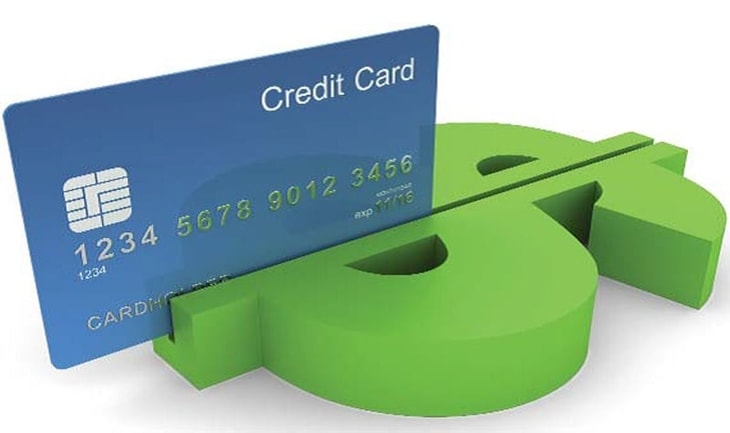Credit cards are a popular, convenient, and efficient form of payment for products and services. For the business community, offering credit cards as a form of payment is a sure way to boost sales, improve cash flow, and automate back office processes. The value and importance of credit card processing should not be viewed as an isolated business process or that little machine hanging on the wall; it is a vital customer service tool designed to make customer service easier and more effective.
To compete in today’s business environment, modern business systems need credit card integration in all areas of customer service— for one-time purchases at the front counter, telephone orders, online ordering and bill pay, point of delivery sales, and recurring cylinder rent and equipment rental transactions.
Getting Started
Getting started using credit cards is easy. Typically, businesses set up a merchant account with a credit card processor, which can be their bank or a third party. Understanding a processor’s credentials, security compliance level, and fee structure are important considerations when selecting a credit card processor. The Payment Card Industry Data Security Standard (PCI DSS) is a set of requirements designed to ensure that all companies that process, store, or transmit credit card information maintain a secure environment. Choose a processor that is PCI-compliant and provides a full suite of credit card processing capabilities, competitive fees, and guaranteed safe and secure transactions.
The Payment Card Industry Data Security Standard (PCI DSS) is a set of requirements designed to ensure that all companies that process, store, or transmit credit card information maintain a secure environment.
Credit card processors manage the complex task of transmitting, authorizing, and settling credit card transactions between financial accounts of customers and businesses. First, credit card information, transaction amount, and business identification number are transmitted to the processor. The processor then sends the data to the credit card company and the bank that issued the card. Next, the bank validates the account and verifies if adequate funds are available. The card issuer then sends the business an authorization to either approve or decline the transaction. At the end of the day, the business either manually or automatically makes a request for funds approved for that day. Typically, the funds, minus the merchant account provider charges, are then deposited into the business’ account within 48 to 72 hours. In exchange for this service, businesses pay the processors a fee (per transaction, monthly) for the service.
... to continue reading you must be subscribed







